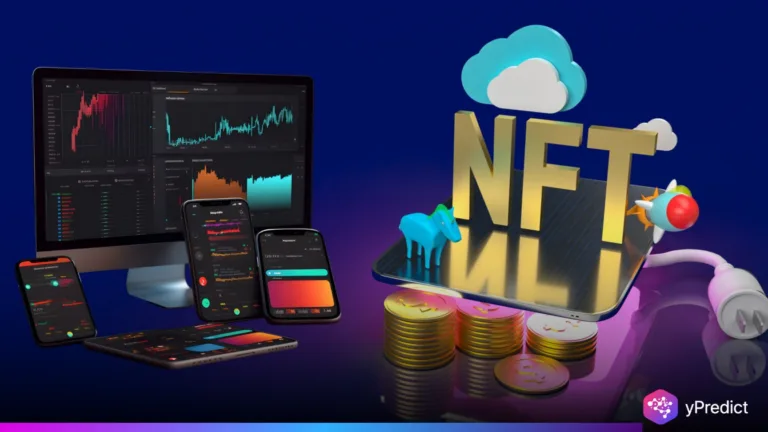
In a bold step blending monetary control with blockchain innovation, ChinaAMC Hong Kong has launched the world’s first Renminbi tokenised money fund, marking a landmark shift in how financial institutions explore blockchain finance. While global markets focus on stablecoin alternatives, China is doubling down on sovereign-backed digital assets. This fund signals not only a deepening commitment to digital transformation but also China’s intent to shape AI-integrated financial infrastructure, firmly within state control.
Renminbi Tokenised Fund Signals New AI-Aligned Financial Era
The newly launched Renminbi tokenised fund is designed to digitize traditional financial products using blockchain infrastructure. This development integrates seamlessly with AI-powered transaction systems to deliver faster, lower-cost settlements. A 2023 study by the Bank for International Settlements estimated blockchain-based finance can cut transaction costs by up to 30%.
AI tools now power real-time fund management analytics, smart contract audits, and automated risk profiling—functions vital to tokenised asset structures. This fusion enhances not just operational efficiency but regulatory compliance as well. ChinaAMC’s initiative shows how blockchain and AI aren’t standalone innovations anymore—they are merging into a tightly woven fabric for financial modernisation.
Blockchain Finance at the Heart of China’s Monetary Control
Unlike Western trends favouring decentralised crypto ecosystems, China continues to reject that model in favour of centralised digital systems. The renminbi tokenised fund fits into a broader blockchain finance strategy aimed at maintaining sovereignty while reaping the tech benefits of digitisation.
AI also plays a surveillance role here. While blockchain secures transaction integrity, AI monitors patterns, flags anomalies, and ensures alignment with state financial norms. The combination creates an environment where blockchain is not disruptive but rather reinforces China’s regulatory grip. This differentiates China’s approach from the West, where AI and blockchain are used for financial liberation.
Stablecoin Alternatives Take a Back Seat to CBDC-Led Innovation
While many nations experiment with stablecoin alternatives, China has made its stance clear. As reported by the South China Morning Post, it is focusing solely on the digital yuan. This CBDC-first strategy allows direct AI oversight over monetary policy, consumer transactions, and capital flows.
The tokenised fund operates alongside this framework, offering retail and institutional investors a digital option backed by sovereign currency. Instead of pegging digital assets to fiat as in stablecoins, China pegs digital assets directly into its financial core. AI helps drive these systems with real-time data inputs from macroeconomic models, creating an agile response mechanism for liquidity and monetary interventions.
Financial Liberalization Meets Tech Sovereignty
Despite its firm control, China has been gradually liberalising its finance sector. The removal of foreign ownership caps on fund management firms is one such move. However, with blockchain and AI integrated tightly into state-backed instruments, that liberalisation doesn’t imply reduced oversight.
Global integration is clearly on the agenda, but not at the cost of control. As U.S.-China tech rivalry continues, Beijing is drawing a line—foreign investors are welcome, but only on China’s AI-governed blockchain rails. The Renminbi tokenised initiative allows China to show openness while still securing its fintech architecture from foreign tech dominance.
China’s AI Strategy Drives Financial System Reinvention
At the core of this transformation is artificial intelligence. China is using AI not just to innovate but to systematize. From fund automation to predictive risk models, AI is the engine powering blockchain-based funds. The Renminbi tokenised fund showcases how China is operationalising its AI roadmap—not just for industrial or surveillance purposes, but for core financial transformation.
This strategic shift places China far ahead in integrating AI into sovereign finance. While the West debates stablecoin regulations and privacy protocols, China is building a digital economy where blockchain finance is not just possible but governed by AI in real-time.






